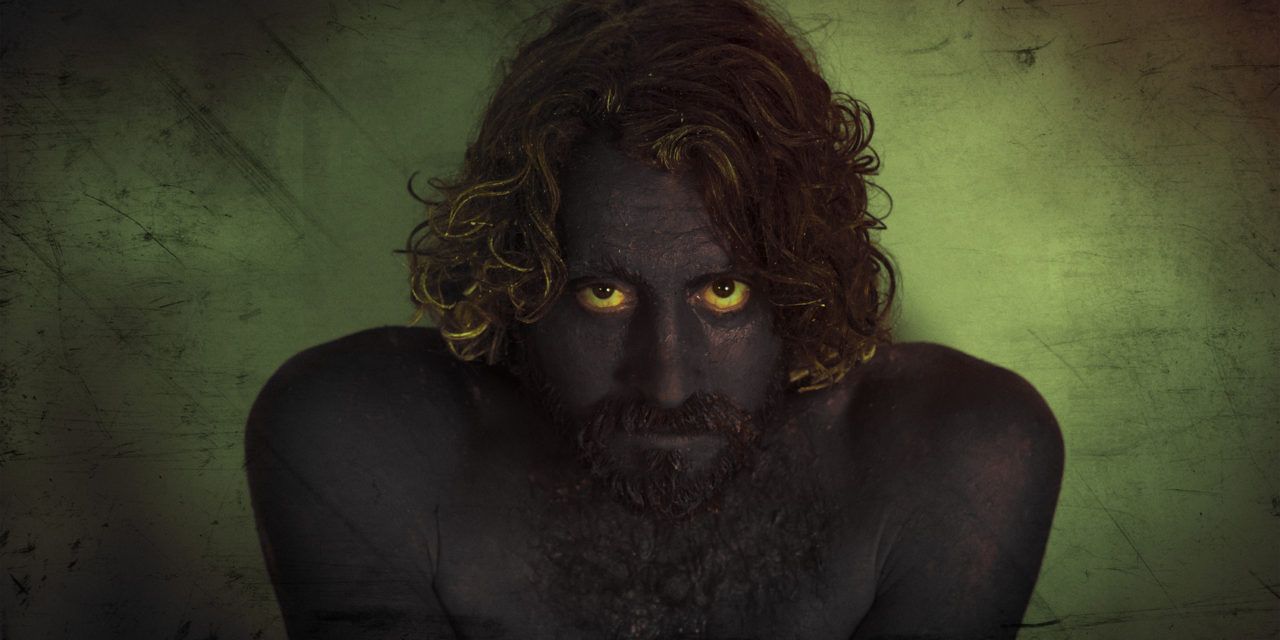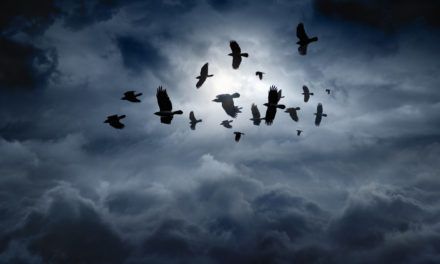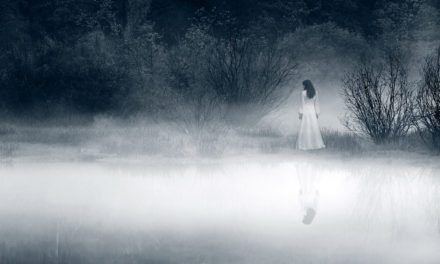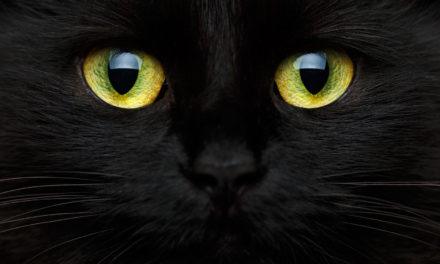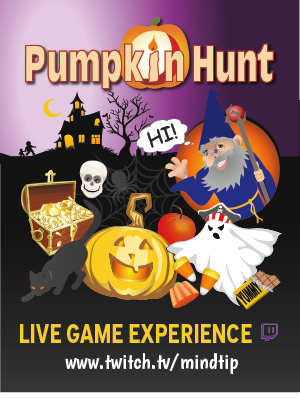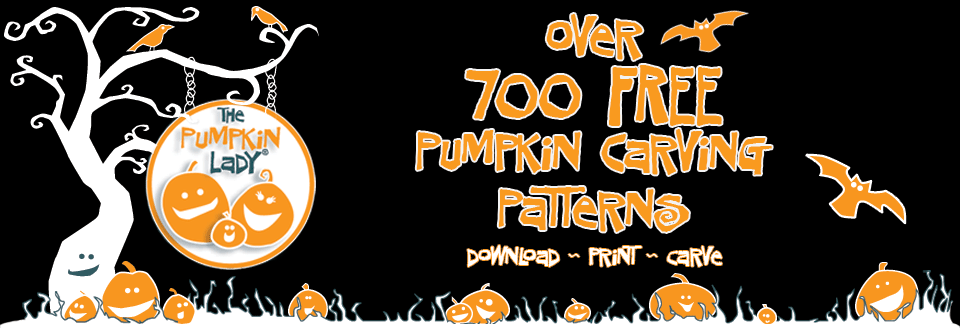Goblins don’t all look the same, and they have various abilities and temperaments depending upon who is telling the story and in what country the story originated. Basically, a goblin is an evil creature with roots in folklore. He is grumpy and likes to cause problems for humans. Descriptions vary from a severely deformed and disfigured phantom to a gnome-like figure that can be no taller than two feet tall all the way up to human size.
According to some, goblins are formless and are always with us. Goblins, say some, are the cause of all kinds of annoyances to human. They are accused of hiding socks and car keys, turning off alarm clocks and making us late, or making automobile tires go flat. Some say that there are goblins that live on the Internet and are responsible for anything and everything that goes wrong; email that is never delivered, 404 errors, disappearing blog and forum posts, etc.
One story about the origin of goblins says that they originated in France in a cleft of the Pyrenees. From there they spread throughout Europe. Goblins, according to this story, hitched rides on Viking ships, and that’s how they got to England. From there, they spread throughout the world and now live everywhere.
Don’t confuse a goblin with a hobgoblin. Goblins are evil, but hobgoblins are friendly and sometimes funny, helpful creatures – sometimes. Again, it depends on who is telling the story. Even the great writers can’t decide.
According the “The Lord of the Rings,” written by J. R. R. Tolkien, hobgoblins are just a larger form of a goblin and much more evil, but according to Tove Jansson in the Moomin series of children’s books, hobgoblins are strange magical creatures who are simply misunderstood.

